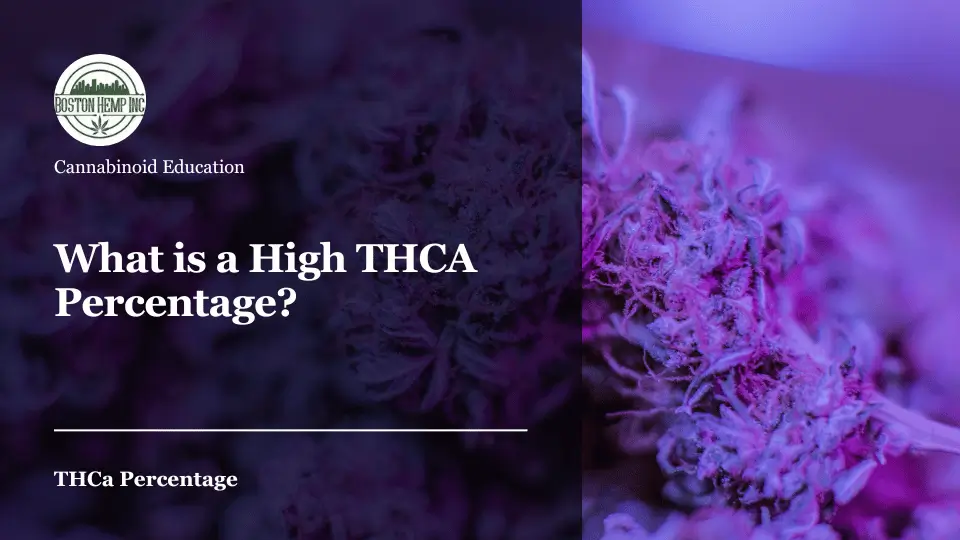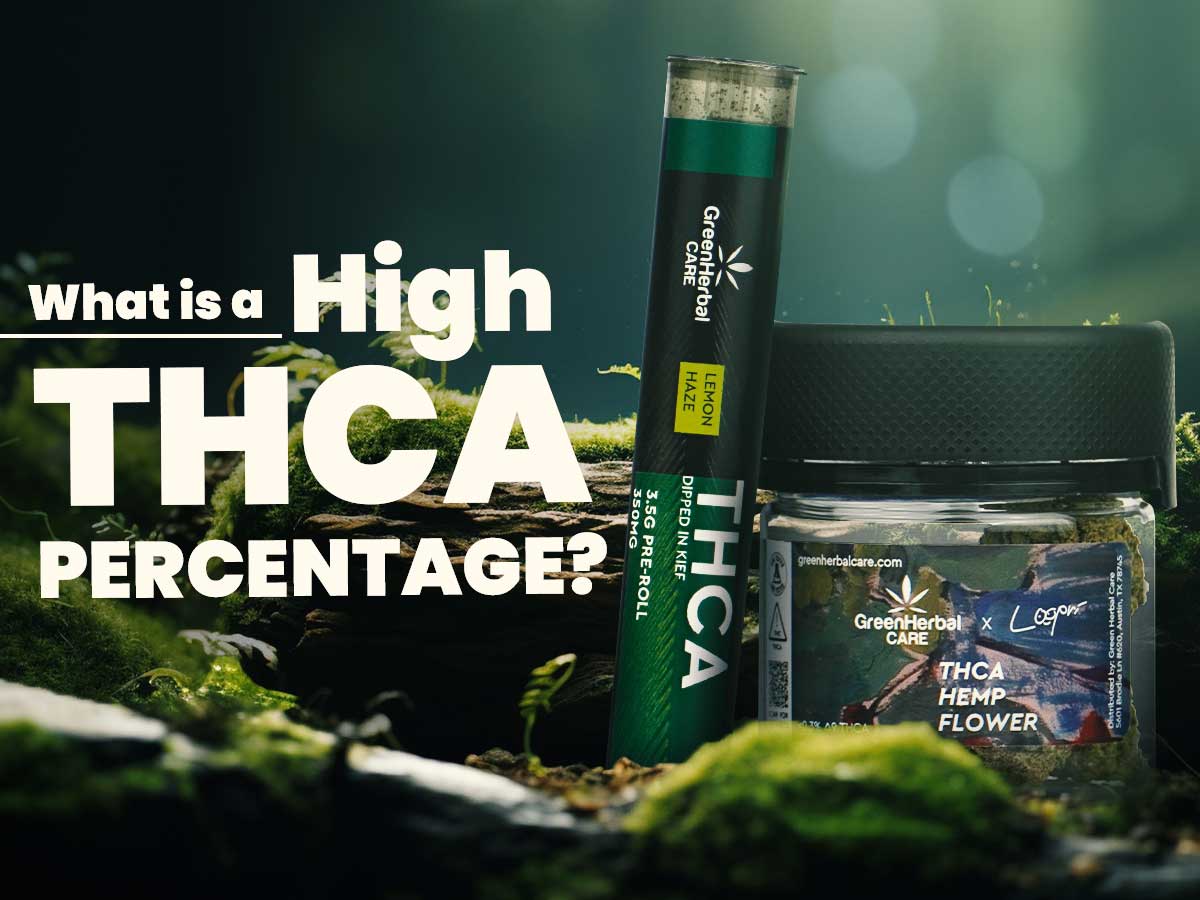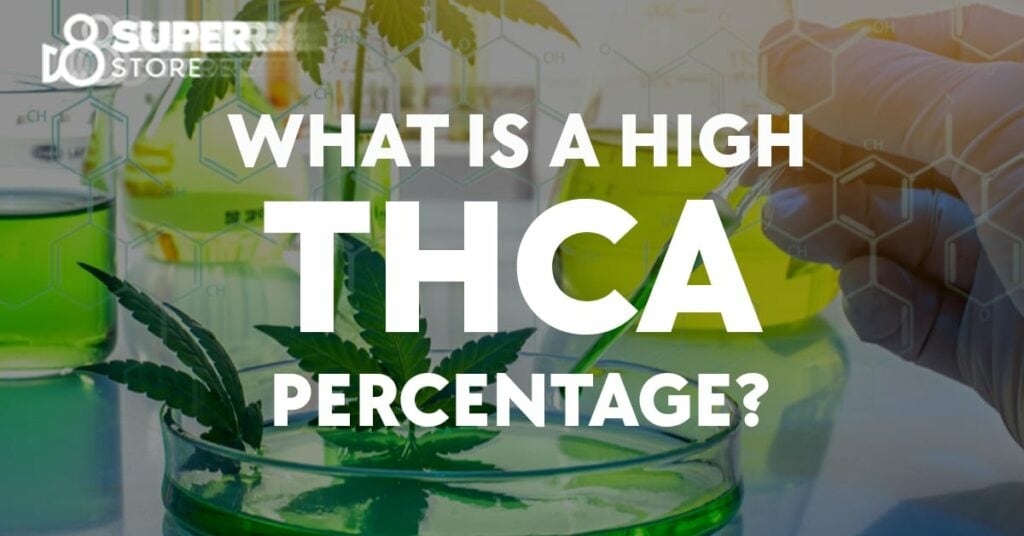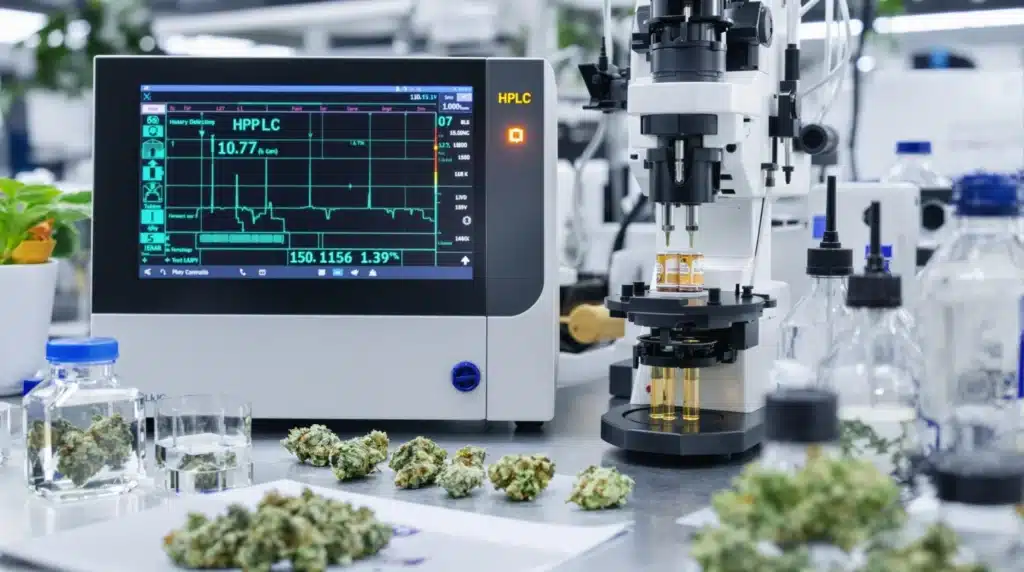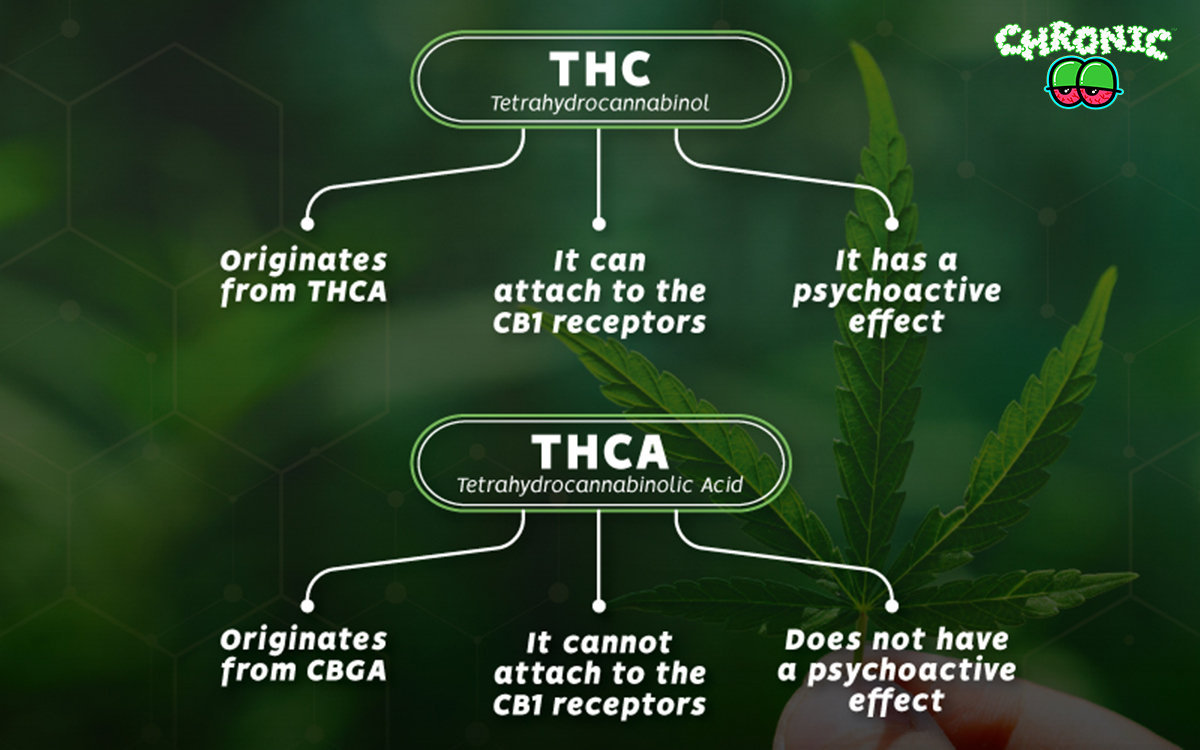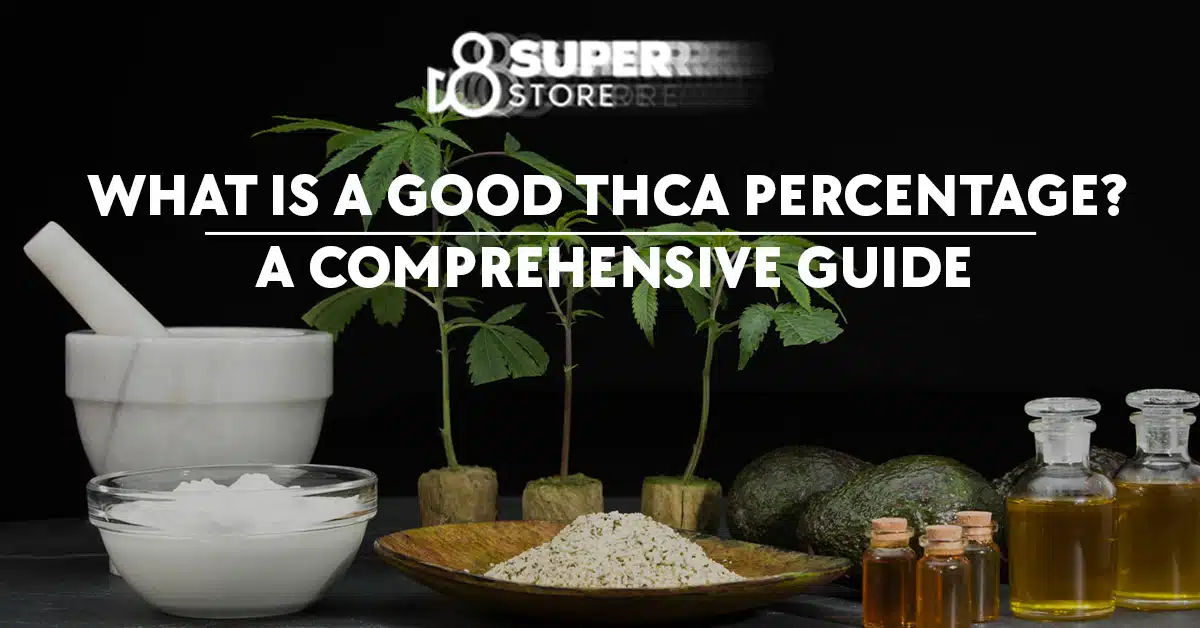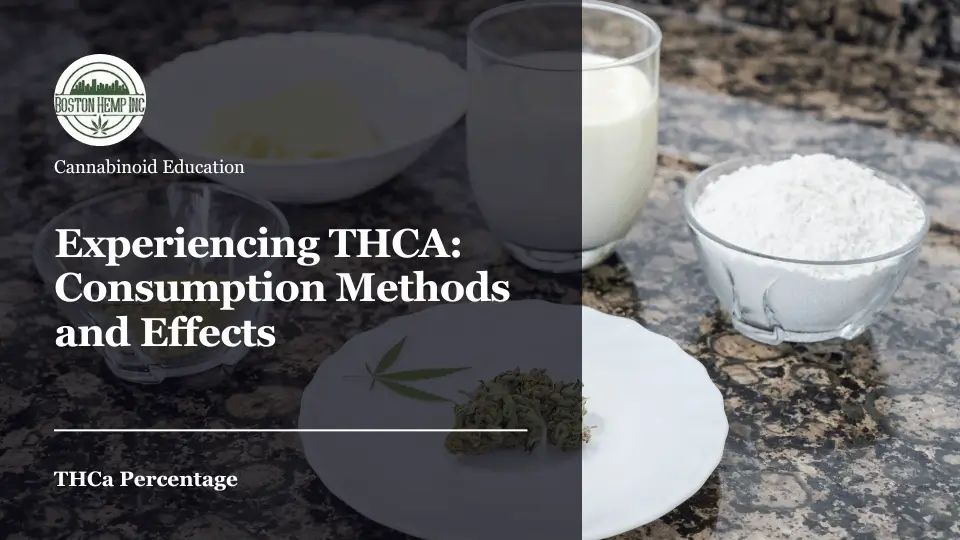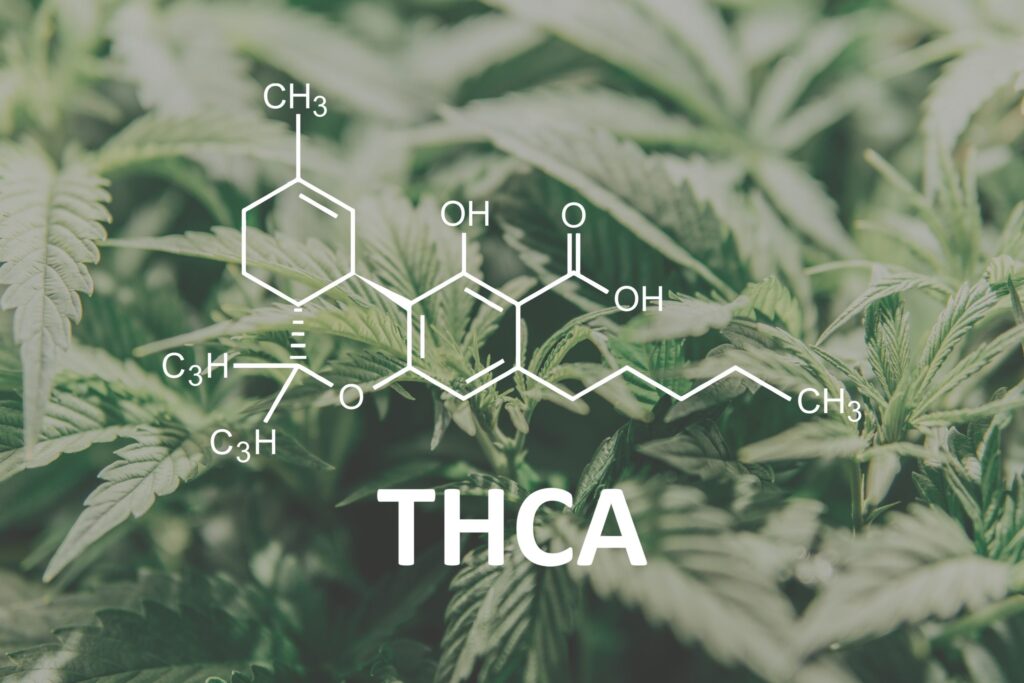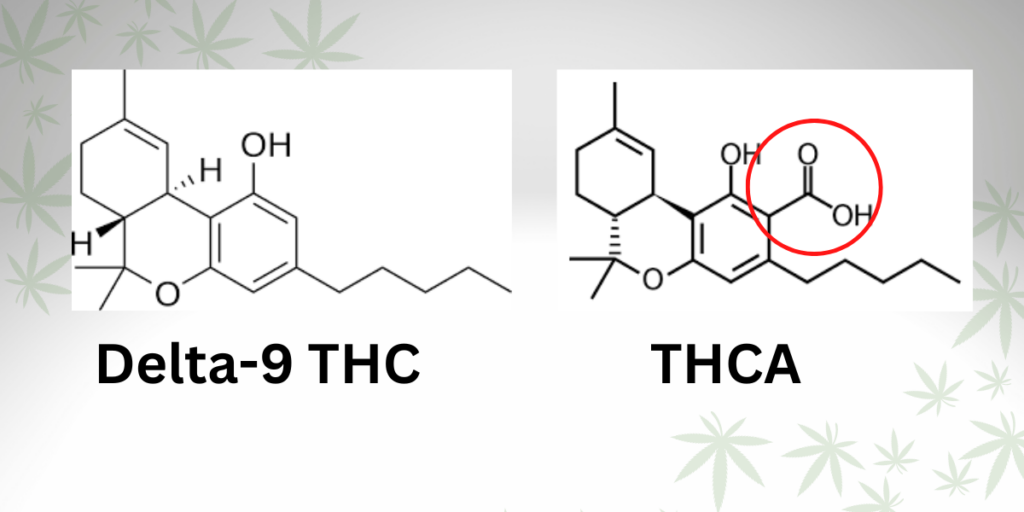What Is A High Thca Percentage

The cannabis market is undergoing a seismic shift as THCA, the non-psychoactive precursor to THC, takes center stage. Consumers and regulators alike are scrambling to understand what constitutes a "high" THCA percentage and its implications.
This article cuts through the confusion, providing a clear and concise explanation of high THCA percentages, its legality, and its potential effects.
Understanding THCA: The Basics
THCA, or tetrahydrocannabinolic acid, is a cannabinoid found in raw cannabis. It's the acidic form of THC and, in its raw state, is non-psychoactive.
When heated, through processes like smoking or vaping, THCA undergoes decarboxylation, converting it into the psychoactive THC.
Defining "High" THCA Percentage
What qualifies as a "high" THCA percentage is evolving. Historically, anything above 15% THCA in raw flower was considered potent.
However, with advancements in cultivation and breeding, some strains now boast THCA percentages exceeding 30%. Data from lab testing facilities like Analytical 360 show a steady increase in average THCA levels over the past decade.
This rise reflects a consumer demand for potent raw cannabis products, driven by both recreational and therapeutic interests.
The Legal Landscape
The legality of high THCA cannabis is complex and varies widely depending on local and federal regulations. The 2018 Farm Bill legalized hemp, defined as cannabis containing no more than 0.3% Delta-9 THC by dry weight.
Some interpret this to mean that high THCA cannabis is legal as long as the resulting THC after decarboxylation remains below this threshold. However, this interpretation is contested and subject to legal challenges.
Several states have explicitly addressed the issue, with some regulating THCA content directly and others focusing on the total THC potential after decarboxylation. For example, California requires testing for both THCA and THC, with regulations focusing on the total THC content.
Potential Effects and Benefits
While THCA is non-psychoactive in its raw form, research suggests it may offer various potential health benefits.
Studies have explored its potential anti-inflammatory, neuroprotective, and anti-emetic properties. However, more research is needed to fully understand its effects on the human body.
Consumers often report using raw cannabis juice or smoothies containing THCA for its perceived wellness benefits, without experiencing the intoxicating effects of THC.
How High THCA Impacts Consumers
For consumers, a high THCA percentage typically translates to a more potent experience after decarboxylation. Meaning, when smoked, vaped, or used in edibles, the resulting THC level will be significantly higher.
This is particularly important for those sensitive to THC or new to cannabis consumption. Starting with lower THCA products and carefully controlling dosage is crucial.
Furthermore, understanding the THCA percentage allows consumers to better predict the effects of edibles, as the conversion rate of THCA to THC during cooking or baking needs to be considered.
The Role of Lab Testing
Accurate lab testing is paramount in the high THCA cannabis market. Consumers rely on lab reports to verify the THCA percentage and ensure product safety.
These tests also check for contaminants like pesticides, heavy metals, and mold. Reputable labs utilize standardized testing methodologies to provide reliable results.
Look for certificates of analysis (COAs) from accredited labs when purchasing high THCA cannabis products.
The Future of High THCA Cannabis
The high THCA cannabis market is expected to continue growing. Breeders are actively developing strains with even higher THCA percentages, pushing the boundaries of cannabinoid content.
Ongoing research into THCA's potential therapeutic benefits will likely drive further demand and acceptance. Regulatory frameworks will need to adapt to address the evolving landscape of high THCA cannabis products.
Consumers should stay informed about local regulations and consult with healthcare professionals to make informed decisions about using high THCA cannabis. Monitor ongoing developments and consult reliable sources for the latest information.

